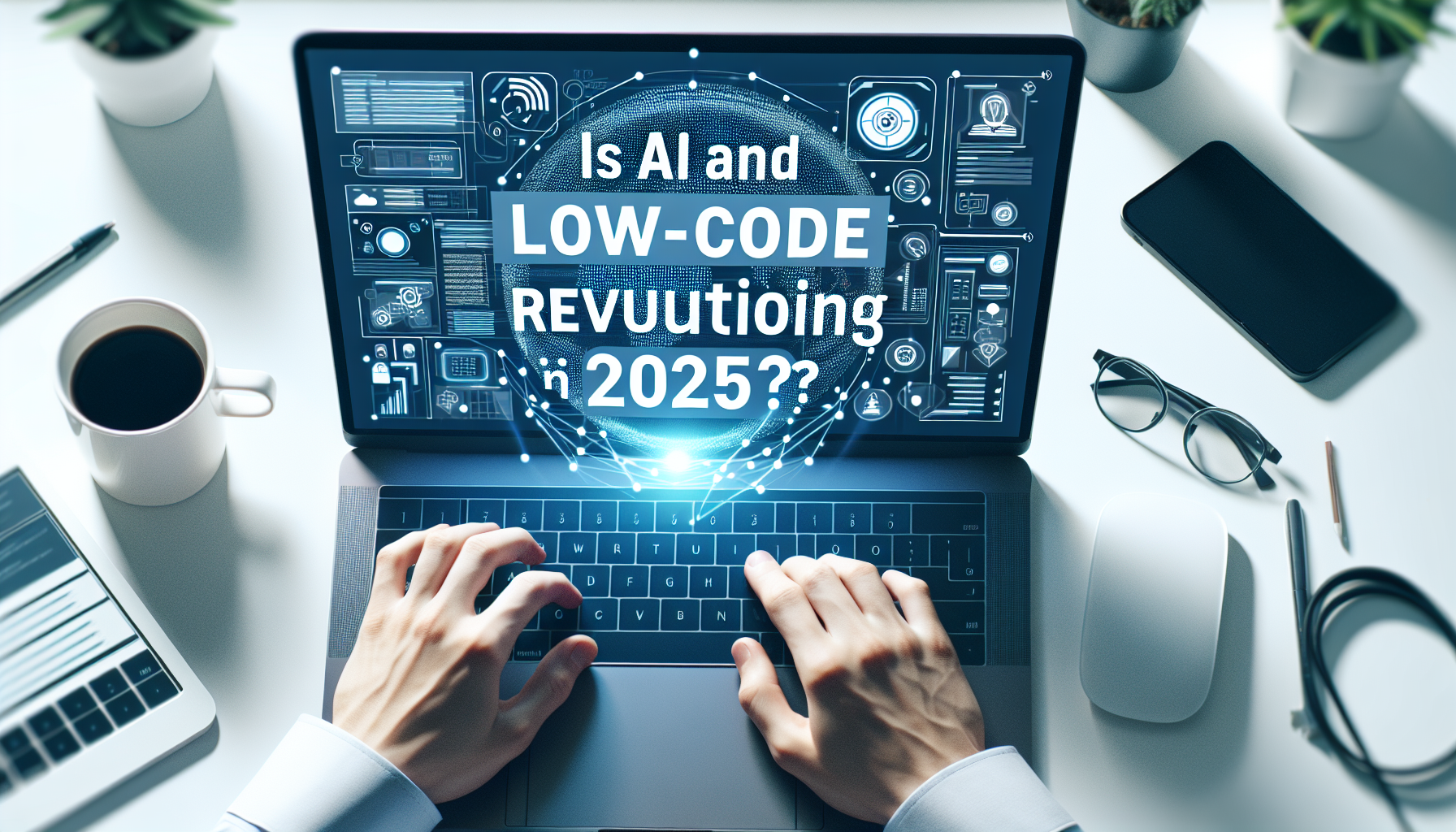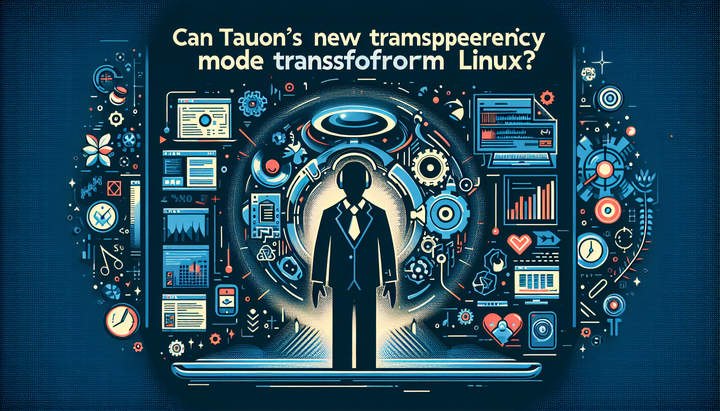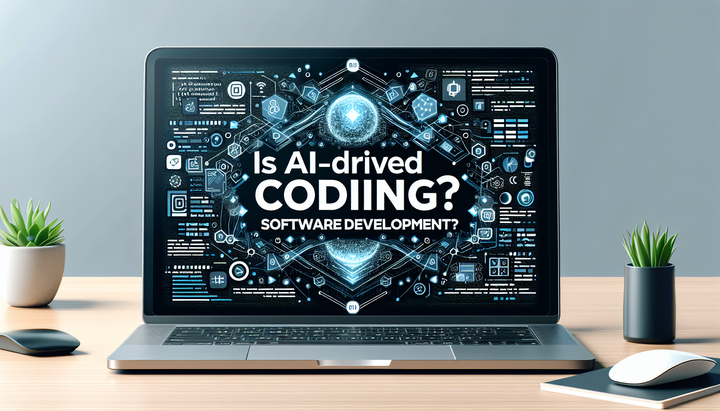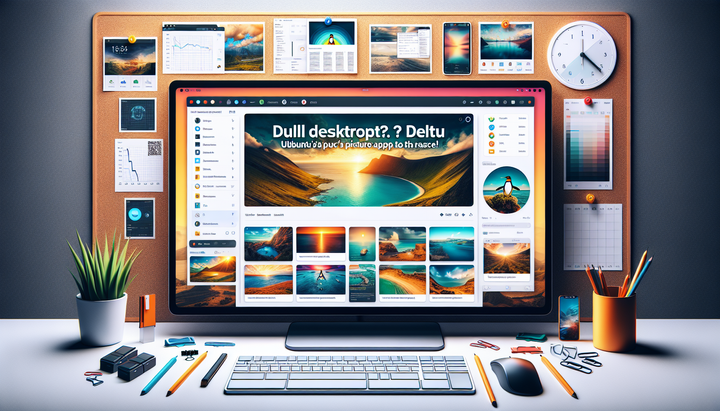Is AI and Low-Code Revolutionizing Coding in 2025?

Introduction: The Dawn of a New Coding Era
The landscape of software development is experiencing a seismic shift, driven by the rapid evolution of AI programming and the widespread adoption of low-code and no-code platforms. As we approach 2025, traditional coding methods are being challenged by innovations that promise to simplify complex processes and accelerate time-to-market. In this article, we delve into emerging programming trends, explore the impact of AI-driven tools, and evaluate the rise of low-code platforms. Whether you are a seasoned developer or a tech enthusiast, the insights provided here will help you navigate the rapidly evolving software development ecosystem.
Will AI Replace Programmers? The Future of Coding
One of the most provocative questions within the developer community today is whether artificial intelligence will eventually replace human programmers. AI has already started to take on tasks traditionally reserved for programmers, from debugging code to generating algorithms that adapt to user behavior. While the notion of AI replacing the human element in software creation might seem far-fetched to some, industry experts stress that AI will more likely serve as a powerful tool, augmenting the creative and critical thinking capabilities of developers.
Several key points illustrate why humans remain indispensable in the coding process:
- Complex Problem-Solving: AI can analyze patterns and optimize solutions, but it still relies on human oversight to address unprecedented challenges.
- Creativity and Innovation: Developing transformative applications often requires a level of creativity and insight that is uniquely human.
- Ethical Decision-Making: The ethical implications of coding decisions, particularly in areas like data privacy and security, demand human judgment and strategic thinking.
Ultimately, instead of replacing programmers, AI is set to redefine their roles, allowing them to focus on higher-level strategy, innovation, and user experience design.
Top 5 Programming Languages to Master in 2025
As the boundaries of technology expand, the demand for versatile and robust programming languages has never been higher. While there is no one-size-fits-all answer to which language reigns supreme, here are five that are consistently emerging at the forefront of industry discussions:
- Python: Favored for its simplicity and versatility, Python continues to dominate the field, especially in AI programming and machine learning.
- JavaScript: As web applications grow in complexity, JavaScript and its associated frameworks (like React and Vue) remain essential for front-end development.
- Rust: Known for its performance and safety, Rust is quickly becoming the language of choice for systems programming and secure, high-performance software.
- TypeScript: Building on JavaScript’s foundations, TypeScript offers static typing and scalability, making it an ideal choice for large-scale web projects.
- Go: With its minimalist design and efficient execution, Go is gaining popularity for cloud infrastructure, microservices, and API development.
Each of these languages brings unique advantages to the table, and understanding their core functionalities can empower developers to pick the right tool for every development challenge they face in 2025.
How AI-Driven Tools Are Accelerating Software Development
The role of artificial intelligence in software development has evolved dramatically in recent years. AI-powered tools are transforming mundane coding tasks, automating repetitive testing, and even offering code suggestions. Here are some ways AI is streamlining development processes:
- Code Generation: AI tools analyze existing code patterns to generate new code snippets, reducing the time developers spend on boilerplate tasks.
- Automated Debugging: Intelligent systems can detect errors and suggest fixes, helping teams to maintain cleaner, more efficient codebases.
- Predictive Analytics: By forecasting potential challenges or errors before they occur, AI helps developers preemptively address issues, ensuring smoother project rollouts.
- Enhanced Collaboration: Integrated development environments (IDEs) that utilize AI can provide real-time feedback and collaboration tools, improving overall team productivity.
These developments demonstrate that while AI may automate certain aspects of software development, it also opens the door to more creative and strategic contributions from developers.
The Rise of Low-Code and No-Code Platforms
The emergence of low-code and no-code platforms is perhaps one of the most exciting trends in modern software development. These platforms democratize coding by allowing individuals with minimal programming experience to create sophisticated applications. Here are some key benefits of these modern development paradigms:
- Accessibility: Low-code tools lower the barrier to entry, making software development more accessible to non-traditional developers and entrepreneurs.
- Rapid Prototyping: Businesses can quickly build and iterate on applications, reducing time-to-market and adapting faster to market demands.
- Cost Efficiency: With less reliance on specialized coding expertise, companies can reduce development costs while still delivering high-quality software.
- Integration Capabilities: Modern low-code platforms often come with pre-built integrations for popular enterprise software, facilitating seamless connectivity across systems.
However, while these platforms offer immense promise, they also present new challenges. Security, scalability, and the potential for over-reliance on automated tools are important considerations that developers and businesses must address.
Expert Insights: Challenges and Opportunities Ahead
Despite the advancements in AI-driven coding and low-code platforms, the developer community still faces several challenges. Industry experts have observed that the pace of technological change often outstrips traditional methods of training and education. Here are some commonly cited challenges and opportunities:
- Continuous Learning: Developers must constantly update their skills to keep pace with emerging frameworks and languages.
- Access to cutting-edge online courses
- Engagement in coding bootcamps and workshops
- Participation in hackathons and developer communities
- Security Concerns: With the increasing reliance on automated tools and third-party integrations, ensuring robust security protocols has become more critical than ever. Developers need to focus on secure coding practices and continuous monitoring to safeguard applications.
- Scalability and Integration: As businesses grow, the software systems must be scalable and flexible enough to integrate with new technologies. This presents opportunities for innovation, but also challenges in terms of managing legacy systems and new codebases simultaneously.
- Ethical Considerations: The reliance on AI in coding brings forward ethical questions regarding data privacy, bias in algorithmic decision-making, and accountability. Developers are now tasked with balancing technological advancement with ethical responsibility.
For many, these challenges are not roadblocks but opportunities for growth. The current era is a call to embrace change, invest in lifelong learning, and explore new paradigms that redefine traditional development methods.
Case Studies: Success Stories in Modern Software Development
To better understand how these trends are playing out in the real world, consider the following case studies:
- AI-Powered Customer Support: A leading retail company integrated AI chatbots with a human oversight model that significantly improved customer engagement while reducing response times.
- Rapid App Deployment with Low-Code Tools: A startup leveraged a low-code platform to develop and deploy a mobile application in less than two weeks, outperforming competitors in the market.
- Optimized Data Analytics: By combining AI-driven analytics with scalable programming languages like Python and Go, a financial services firm enhanced its data processing capabilities and offered real-time insights to its clients.
These examples underscore the transformative potential of marrying human ingenuity with cutting-edge technology. By embracing these innovations, organizations can streamline operations, reduce costs, and deliver exceptional digital experiences.
Conclusion: Embracing the Future of Software Development
The confluence of AI programming, low-code platforms, and emergent development frameworks heralds a new era in software development. As technology continues to evolve, the traditional paradigms of coding are being reshaped to meet the demands of an increasingly digital world. Developers, businesses, and tech enthusiasts must remain agile, continuously adapting to new insights and methodologies.
Looking forward, the most successful organizations will be those that harness these innovations to create resilient, secure, and scalable applications. The integration of AI and low-code tools not only enhances productivity but also fosters a creative environment where complex challenges are met with innovative solutions.
In summary, the future of coding in 2025 is poised to be both exciting and challenging. Whether you are refining your programming skills, exploring new languages, or implementing the latest AI tools, the key is to embrace change and invest in continuous learning. The road ahead is filled with opportunities for those ready to lead the charge in a rapidly transforming digital landscape.
By staying informed and adaptable, developers can leverage these technologies to deliver software that not only meets the demands of today but also anticipates the needs of tomorrow. The revolution in software development is here—are you ready to be part of it?



Comments ()